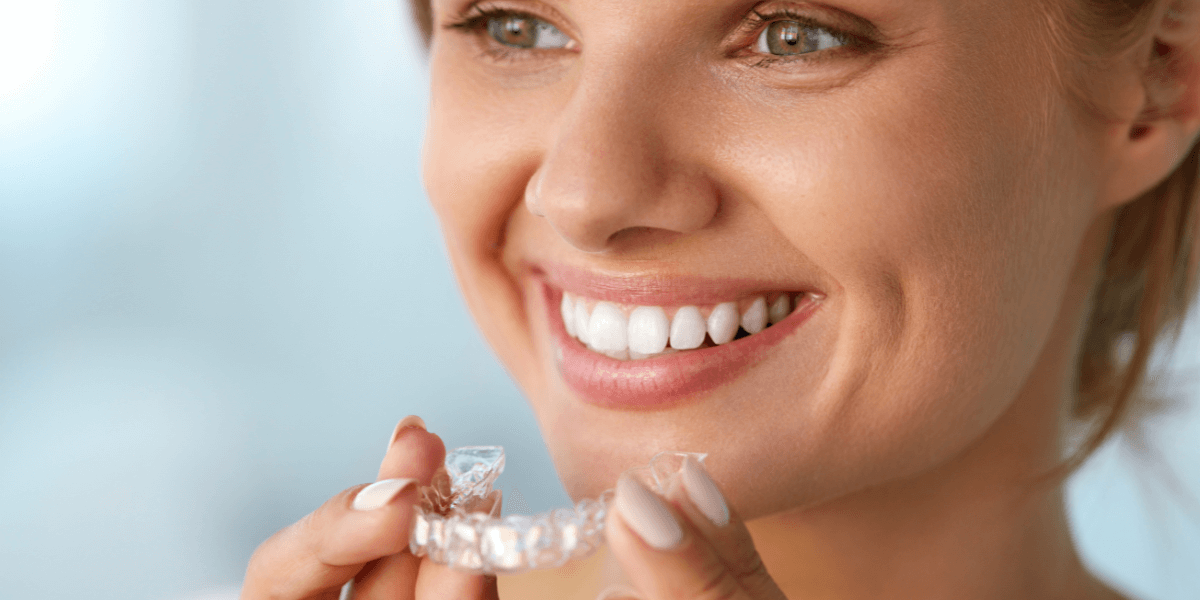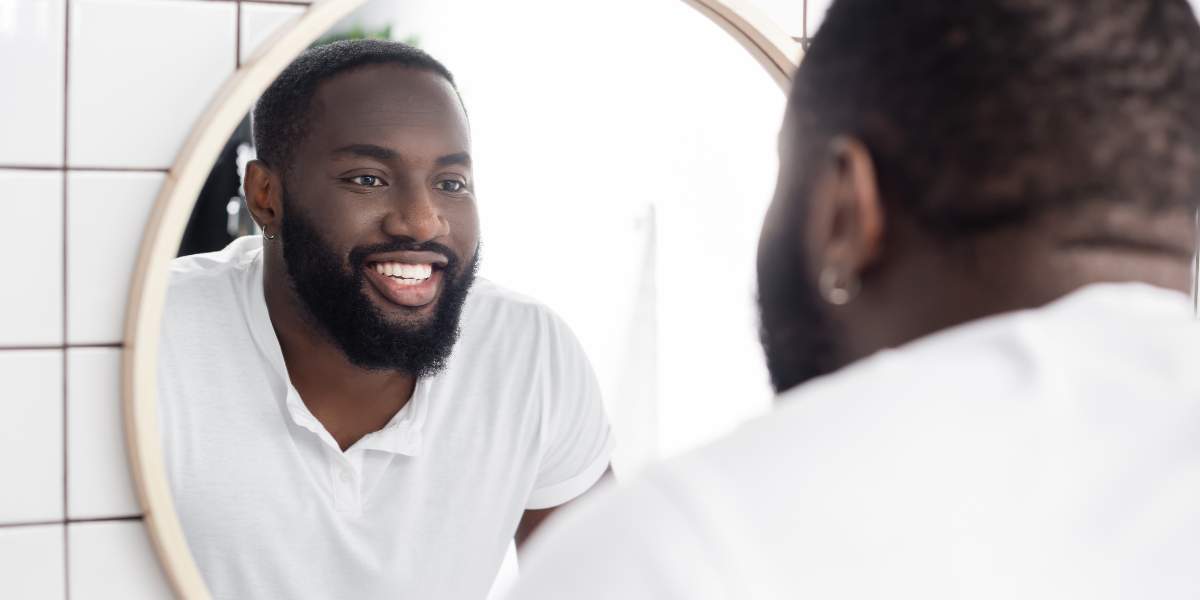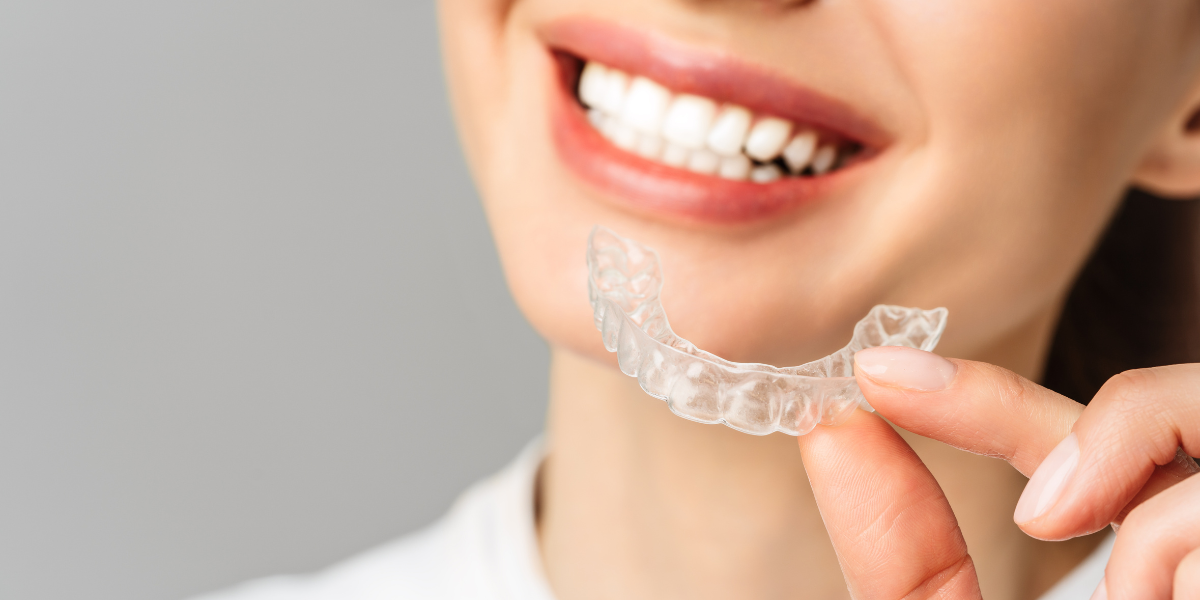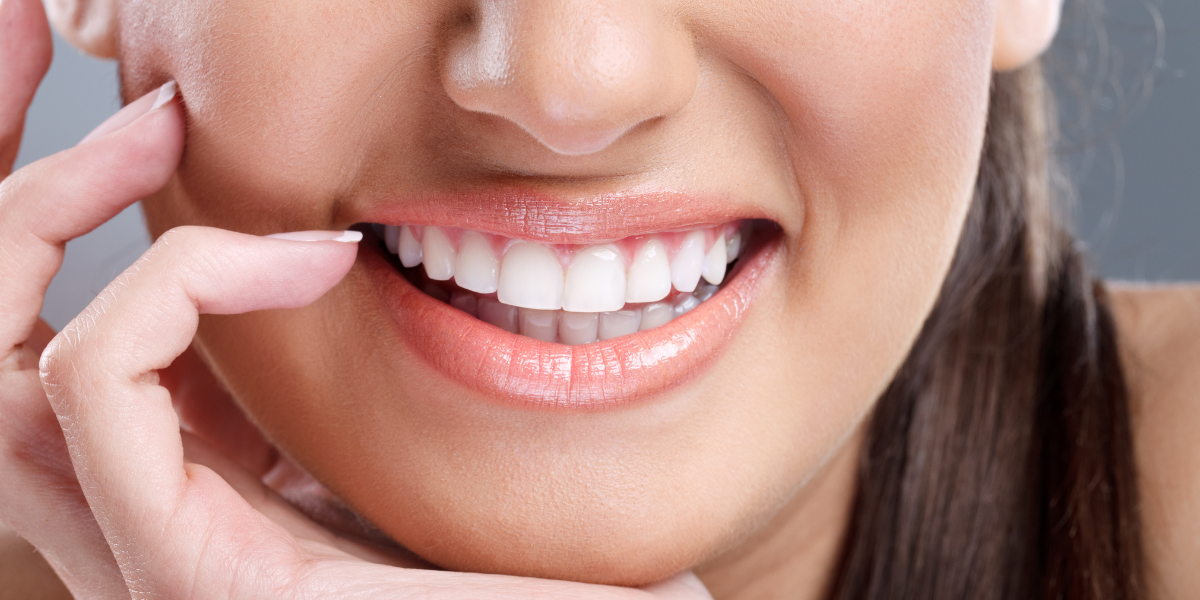
Tooth bleaching: The past
The application of teeth bleaching products to remove unwanted stains dates back to 1989 when Dr. Van B Haywood sought to satisfy his patients demand for a white smile. Dr. Haywood combined carbamide peroxide and with a gel such as that commonly used today. He then lined it in patients night guards, had them wear it as they sleep for 10-14 days.
Dr. Haywood’s method is still used today with very little change with exception to the material used to create the teeth whitening tray varies; and the introduction of hydrogen peroxide as an alternative to carbamide peroxide. Either way we still use a peroxide base agent for teeth bleaching trays and direct application.
Tooth bleaching: The Present
Tooth bleaching results are dependent on the concentration the peroxide agent in the gel as well as duration and frequency of application. Peroxide concentration levels range from as little as 3% to as great as 44%; however concentration levels greater than 22% are not advised unless under the supervision of a dentist.
The higher the peroxide concentration, the quicker the tooth bleaching will combat the stains. The down side of using higher concentrations is that peroxide irritates tissues such as those in the mouth. Also if you experience tooth sensitivity from cold beverages you will likely experience tooth sensitivity when your teeth come in contact with peroxide.
Available Tooth Bleaching Methods:
While the advancement of tooth bleaching agents haven’t progressed very much, more methods for the application have been made available.
In office tooth whitening is by far the most expensive given the overhead of the facility and staff. When you visit the dentist for teeth whitening you are given 2 options:
Power tooth bleaching which is when you visit the office 1-7 times in a very short time period. The dentist will have their assistant apply a high concentration peroxide based bleaching agent to the teeth and then use an LED light to accelerate the agent. The LED light is said to make the bleach break down the stains quicker; however studies have not proven the rate of effectiveness.
Cost: $400-$1,400 (2-7 visits recommended)
Custom tooth bleaching trays can be created at the dentist or at home by ordering from an online teeth bleaching retailer such as Smilebrilliant.com. When you visit the office the assistant will use impression material to take an impression of your teeth from which they send to a lab where they will create a molding from which they create your custom teeth whitening trays. If you opt to order from an online retailer you will receive a tray creation kit from which you take your own dental impression and mail it to back to the lab your order from which they follow the same procedure to create your custom bleaching trays. In office and at home teeth bleaching trays are identical however the prices are not because when you visit the office you must cover their overhead of the building, staffing, etc.
Cost of in-office teeth whitening trays: $300-$1,000 (varies per dentist)
Cost of at home teeth whitening trays: about $89
At-home LED teeth bleaching methods can vary but typically an LED whitening kit comes with a battery powered LED whitening light, teeth whitening pen, and lip protector tray which prevents the gel from coming in contact with your mouth tissues.
Cost of at home LED Teeth Bleaching: about $39
At home teeth whitening strips are sold in nearly every grocery and drug store and come equipped with several weeks’ worth of treatments. The negatives of using tooth whitening strips are they can be messy, produce splotchy results, have lower concentrations of peroxide, and are costly. When you compare the cost and results of at home whitening strips to the results and cost of at home custom teeth whitening trays you will by far get the best bang for you buck and likely save money in the long run if you spend an extra $10-$30 on at home whitening trays.
Cost of at home teeth whitening strips: $39.95-$99.95 (price varies by # of treatments)
Teeth whitening tooth paste are not much more effective than your standard tooth paste. An increasing number of dentists are advising against whitening tooth paste because the abrasive material used to break down the tough stains are suspected of removing the tooth’s enamel.
Teeth whitening mouthwashes are said to have litte to no effect on the tooth’s color. In order for peroxide to have any effect on teeth stains it needs to be in contact with the tooth for periods greater than 30 minutes.







